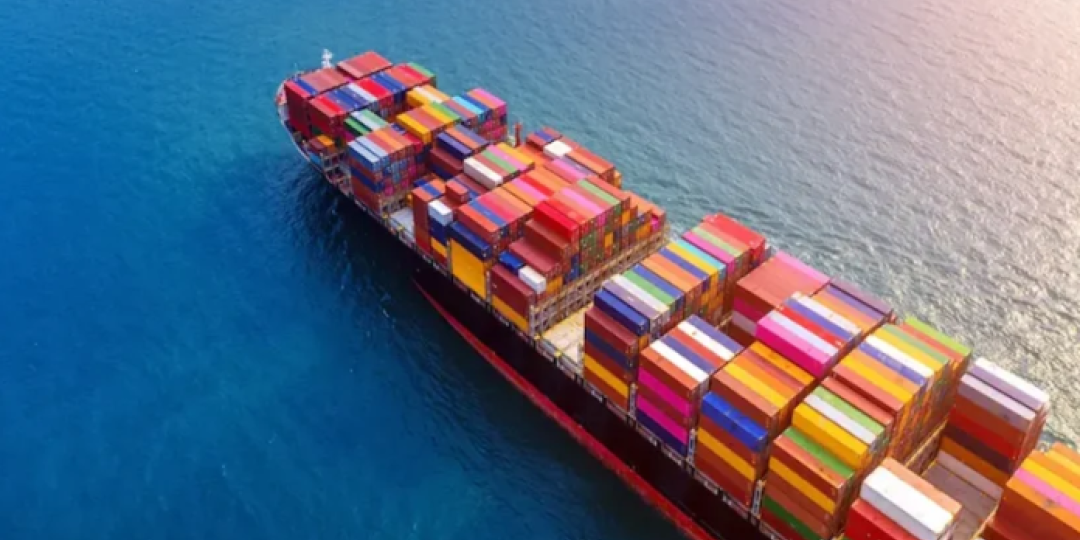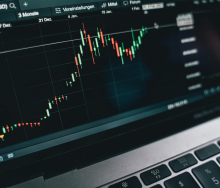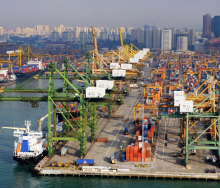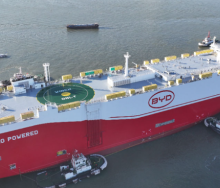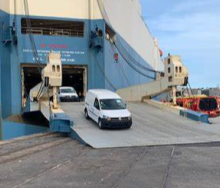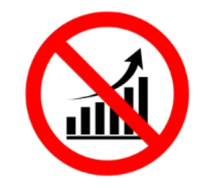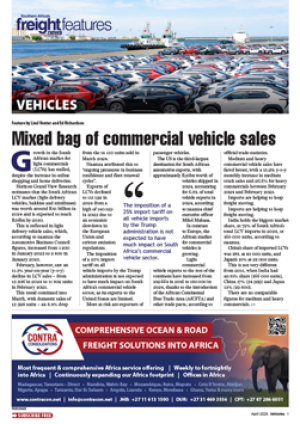A 28% year-on-year (y-o-y) reduction in liner traffic through the Suez Canal since Houthi rebels in Yemen retaliated against Israel’s war on Gaza by attacking commercial vessels in the Red Sea has resulted in a 173% increase in forty-foot equivalent unit (FEU) rates through the important waterway.
According to booking and payment platform Freightos, an FEU shipment between Northern Europe and Asia now costs more than $4 000, representing the sharpest increase in rates since 2022 when immediate post-Covid capacity take-up resulted in the highest liner trade freight rate increase this century.
FEU rates from Asia to the Mediterranean are even higher – $5 175.
Sensing an increase in profits, some operators are charging in excess of $6 000 per FEU from Asia around South Africa to ports in Europe.
Asia-US rates have increased to about $3 900 per FEU, an increase of 55% or more than double y-o-y.
Because leading lines are refusing to sail through the Suez due to the spate of Red Sea attacks, preferring instead to round the Cape of Good Hope, shipping fuel has added about $2 million to lines’ operational costs.
Investment banker Goldman Sachs has warned that these rate impacts will ultimately be reflected through increased consumer prices.
The Suez is also not the only waterway that’s currently under pressure.
In Panama the worst drought it has experienced in more than half a century has driven down traffic through the Canal – it’s biggest GDP contributor – by as much as much as 33%.
It is also feared that next week’s election in Taiwan, where two pro-China parties will campaign against the ruling anti-mainland inclusion Democratic Progressive Party, may lead to an escalation of tension in the Taiwan Strait.
